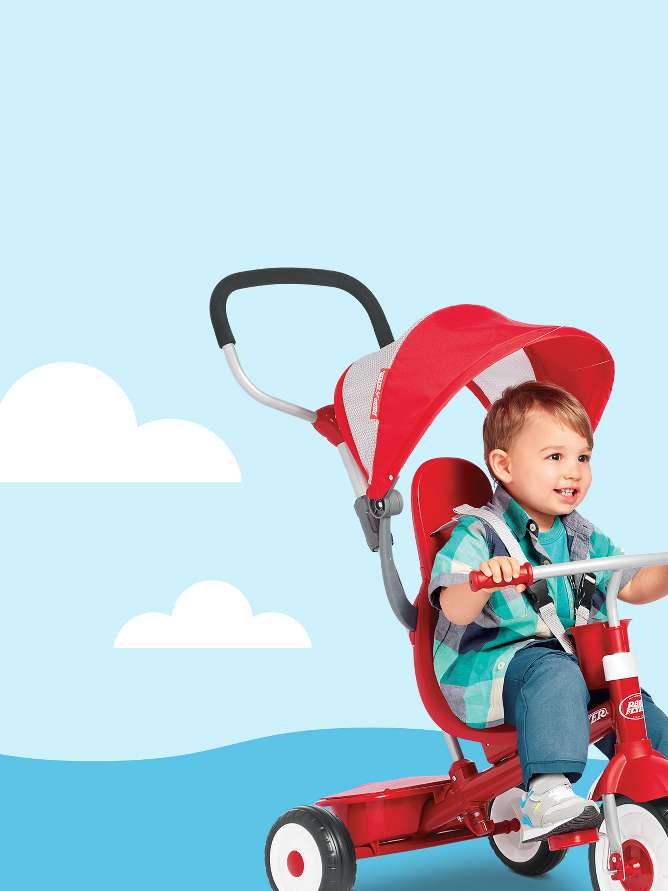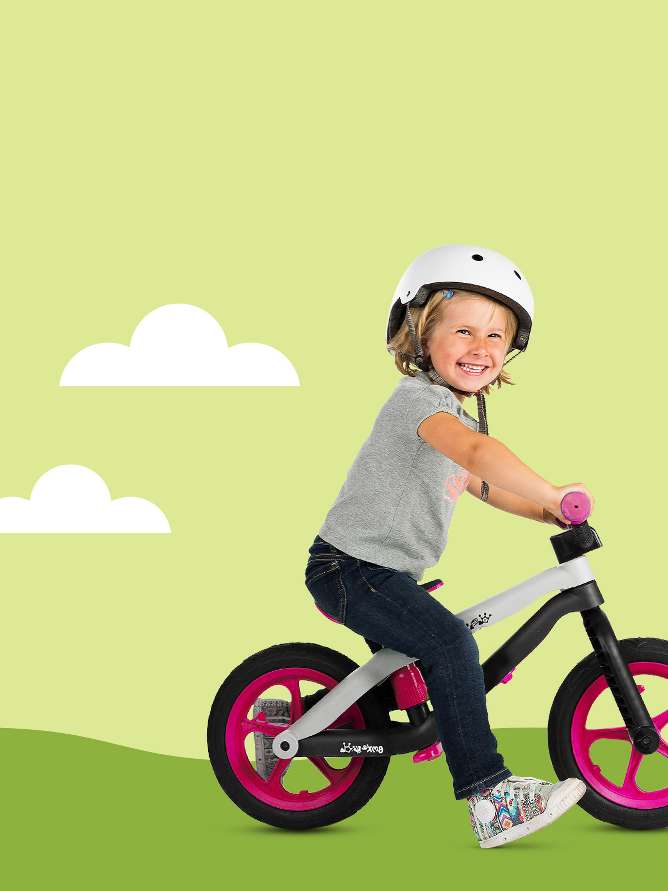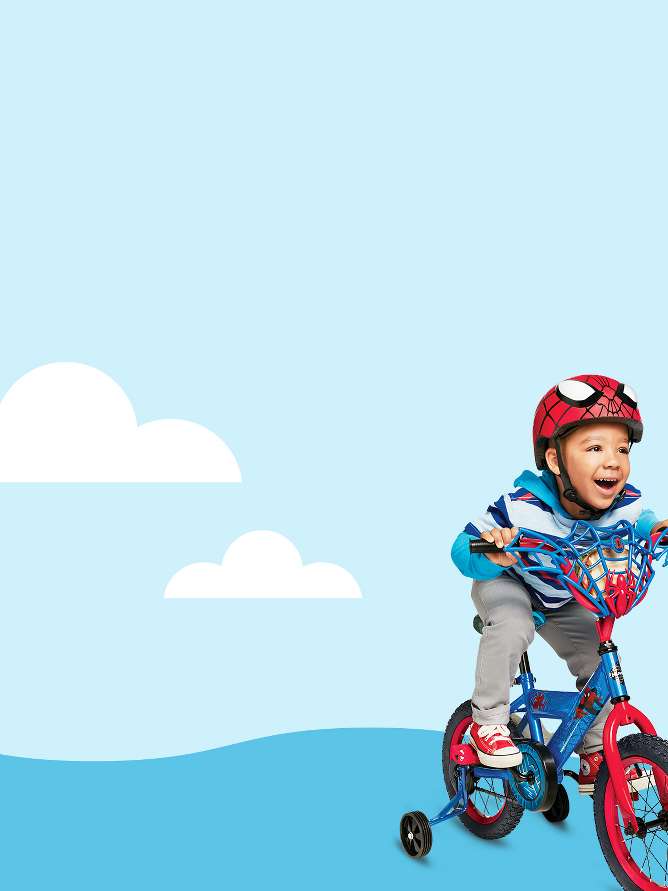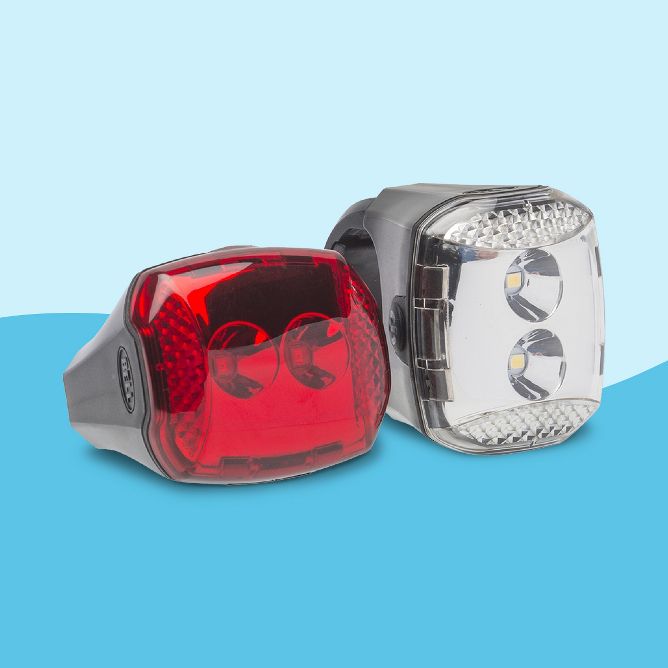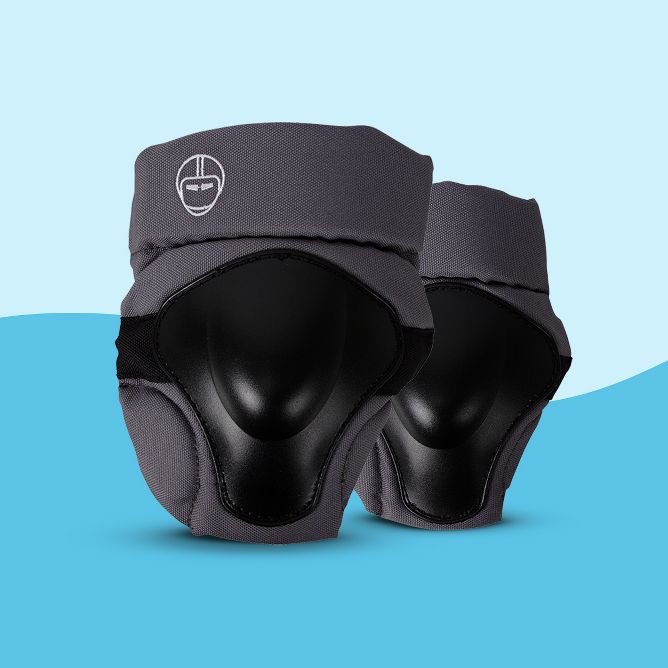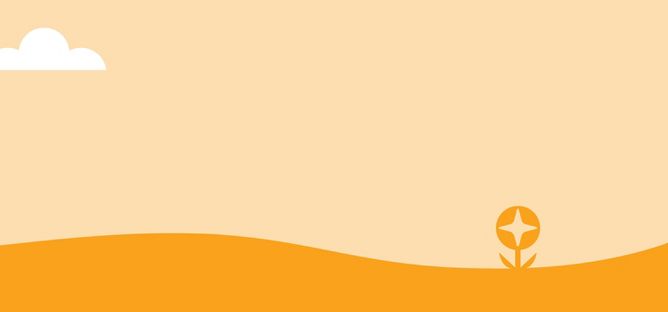Kids’ Bikes Buying Guide
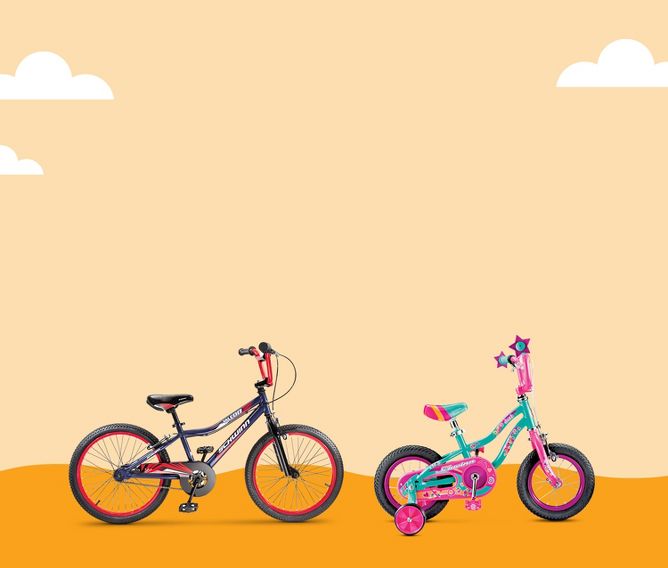
Find the perfect bike
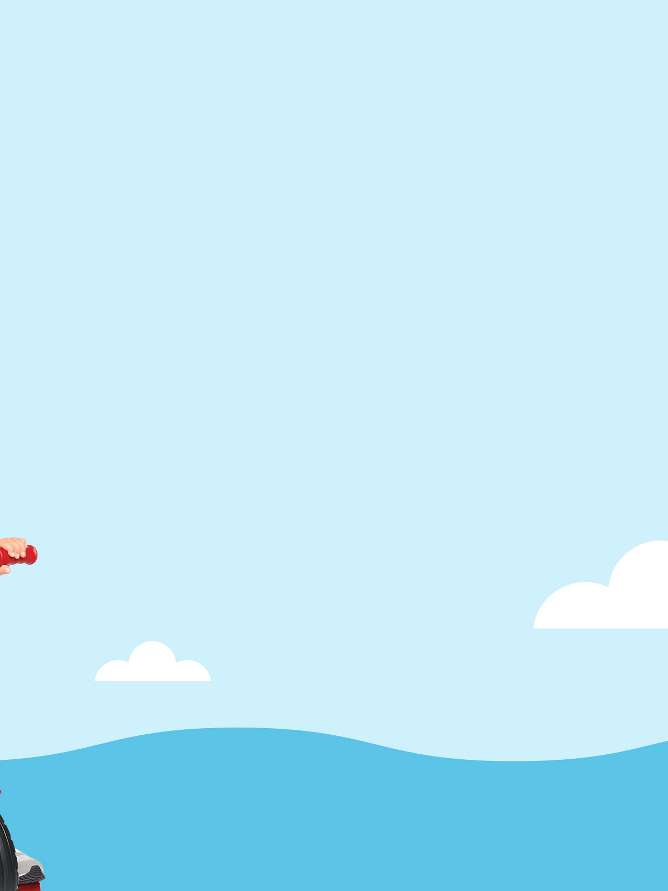

How to find their size
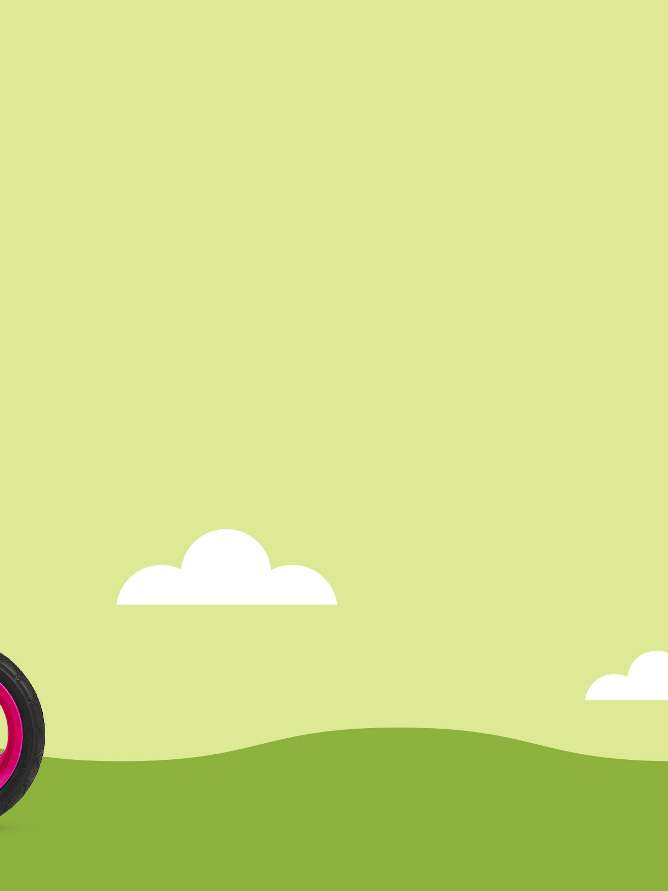

Things to consider

How to find their size


How to find their size


Things to consider

How to find their size

7 to 13 years or 48″ to 56″ height or 22″ to 28″ inseam = 20″ pedal bike

10 to 15 years or 56″ to 66″ height or 27″ to 31″ inseam = 24″ pedal bike
6 features to consider
Bikes come in all shapes and sizes. Being familiar with the features lets you find the best bike for your child.

1.
For young riders, a mid-rise handlebar (level with their belly button) is ideal. For experienced riders, ideal rise depends on riding style—more aggressive riders may enjoy a lower rise, & more casual riders may prefer a higher rise.
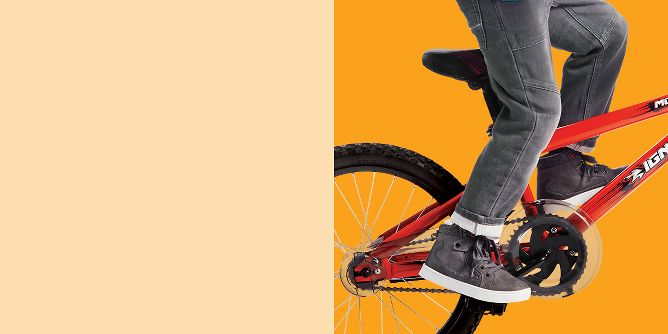
2.
When standing over the top tube of the bike (in front of the seat), there should be an inch or two of clearance between the rider & the frame. This gap helps prevent injury in case the child slips forward while riding. May vary slightly between pedal and balance bikes.
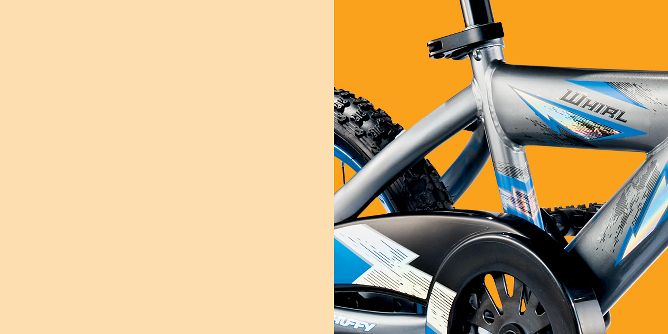
3.
Lighter bike frames are almost always easier for young riders to manage. As a general rule, you should select the lightest bike you can find within your price range.
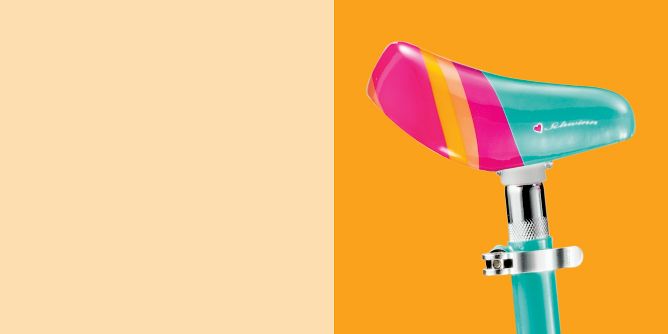
4.
Seat height is the most accurate indicator of how a bike will fit your child, as bikes with the same size tire can fit a child very differently.
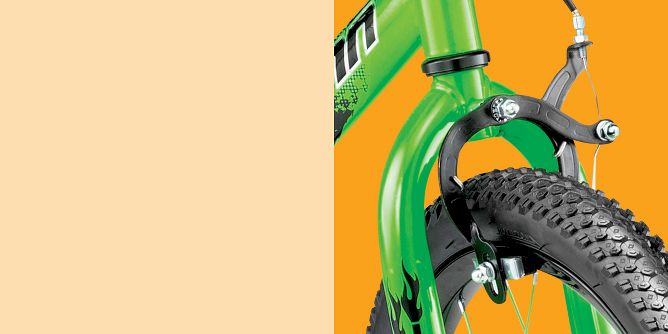
5.
Any child’s bike is only as good as their ability to stop it. Before you place a child on a bike, it is essential that they know how to brake. The two main types are hand brakes and coaster brakes.
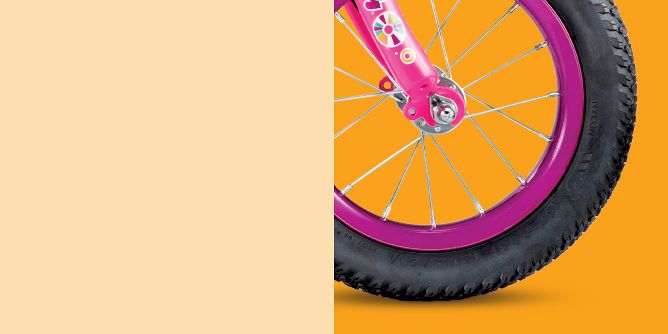
6.
Tire size (wheel diameter in inches) is the most common form of classification for youth bicycles. Tricycles are not measured by tire size, though.
Extras for a safer ride
Sponsored
Sponsored

